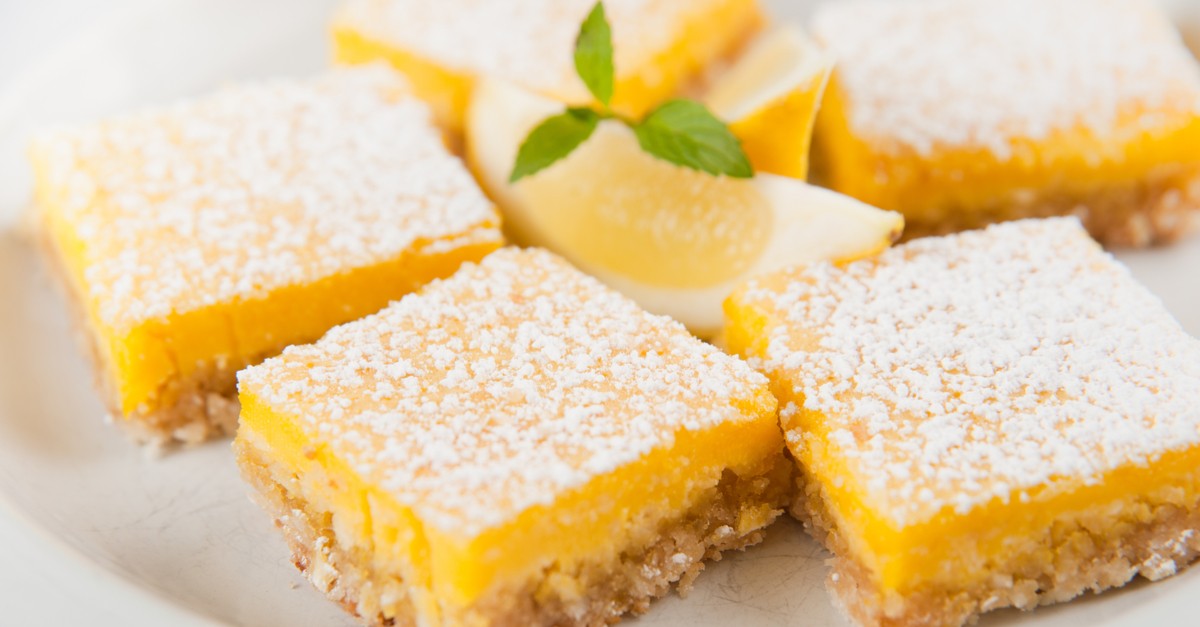The Struggle:
This week I answered a question that actually effects a lot of people. If you have ever used any hydrocolloid the most common issue is the acid in the recipe inhibiting the gelation. Wait, let’s say that in a bit more simple way: when adding an ingredient that creates a gel, the acidity will stop the gel from forming. The good news is that this only affects ingredients that create gels and not ones that thicken, emulsify, etc. Earlier this week we were asked about how to make a vegan lemon bar that didn’t include agar. Agar happens to be the most forgiving of all the vegan gelling agents. It tolerates acidity and is easy to work with, unfortunately it has poor flavor release and an undesirable texture for this recipe. Thankfully we have a large list of other ingredients that can stand in for agar. But that’s not the real test here, the test is to get the ingredient to place nice with the acidity of the lemon juice. But of course this raises the question.
“Why does acidity affect my hydrocolloids and how can I fix it?”
Pucker Up
A pH of roughly 4 or below will generally cause most gelling agents to simply not gel. While it’s difficult to find an exact cause for why the acid effects each ingredient. The basic idea is the acidity prevents the ingredients from hydrating and forming the gel. While things like sugars and calcium can aid these gelling process. Some of the ingredients that will not gel at lower pH are gellan gum (< 3pH), carrageenan (< 5pH), agar (< 2pH), sodium alginate ( < 4pH). With that being said not all ingredients act this way, gelatin can withstand low pH and HM pectin requires a low pH to gel. Thankfully there are ways to get around the low pH affecting the gelling of these ingredients. Sodium citrate is a versatile ingredient that should be in everyone’s kitchen. Its main culinary use is to make baller melty cheese sauces out of any cheese you want (Check out this recipe). But our most common use is to buffer acidity. Adding 0.8-1% sodium citrate to the total weight of the recipe will raise the pH and allow all of these ingredients to work. One thing that took us a while to grasp was spherification. We knew that sodium alginate wouldn’t hydrate in acidic conditions, but information was scarce on what to add to buffer the acidity. Some places on the internet simply say “add sodium salts to buffer acidity”. But to people who are new to modern cooking this sounds like adding table salt to the recipe. It’s always good to add a small amount of sodium citrate if you are not sure your recipe is too acidic. So in the case of the lemon bar recipe, our suggestion was to add sodium citrate and vegan gelatin which is a carrageenan blend. The vegan gelatin will give a slightly creamy texture that is exactly what you want from any lemon bar recipes. The sodium citrate will allow the vegan gelatin to work properly. So this is a match made in heaven!
Ready to get Cooking?
Give our Yummy Vegan Gummy recipe a try! Our yummy vegan gummies are every bit as delightful and fun as the original. If you’ve been making gummies with products like Agar and what you’re getting just isn’t right, try our yummy vegan gummy today and taste the difference for yourself.


